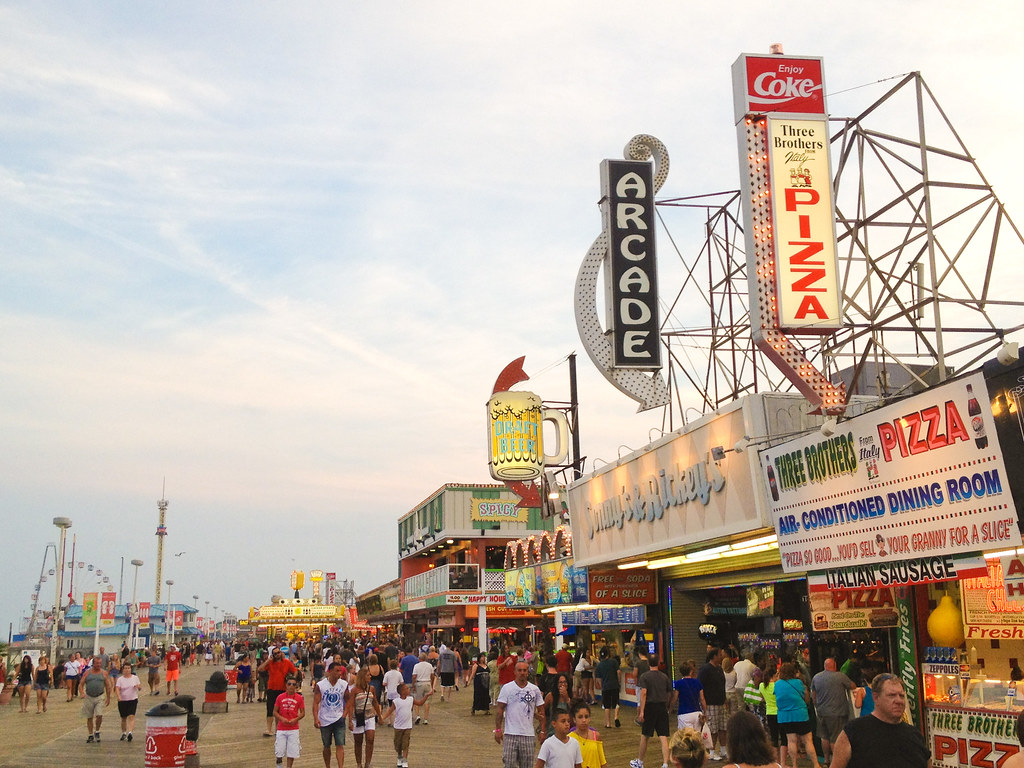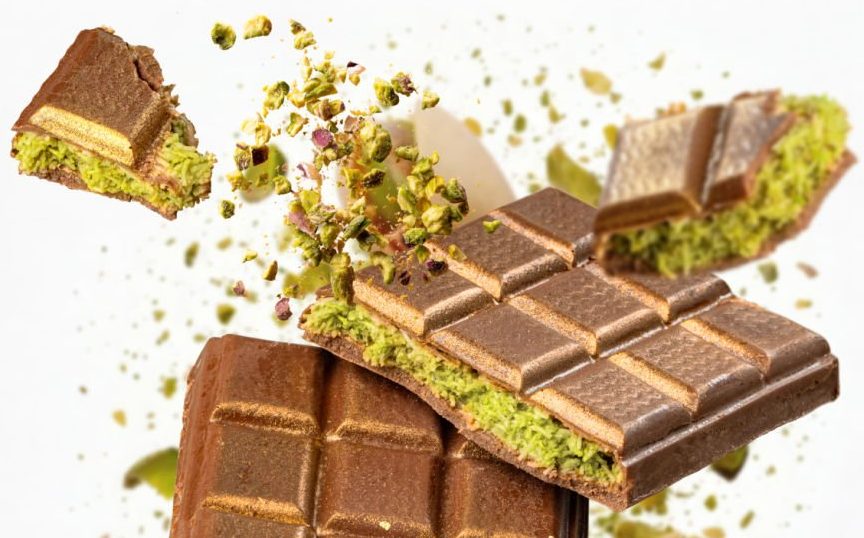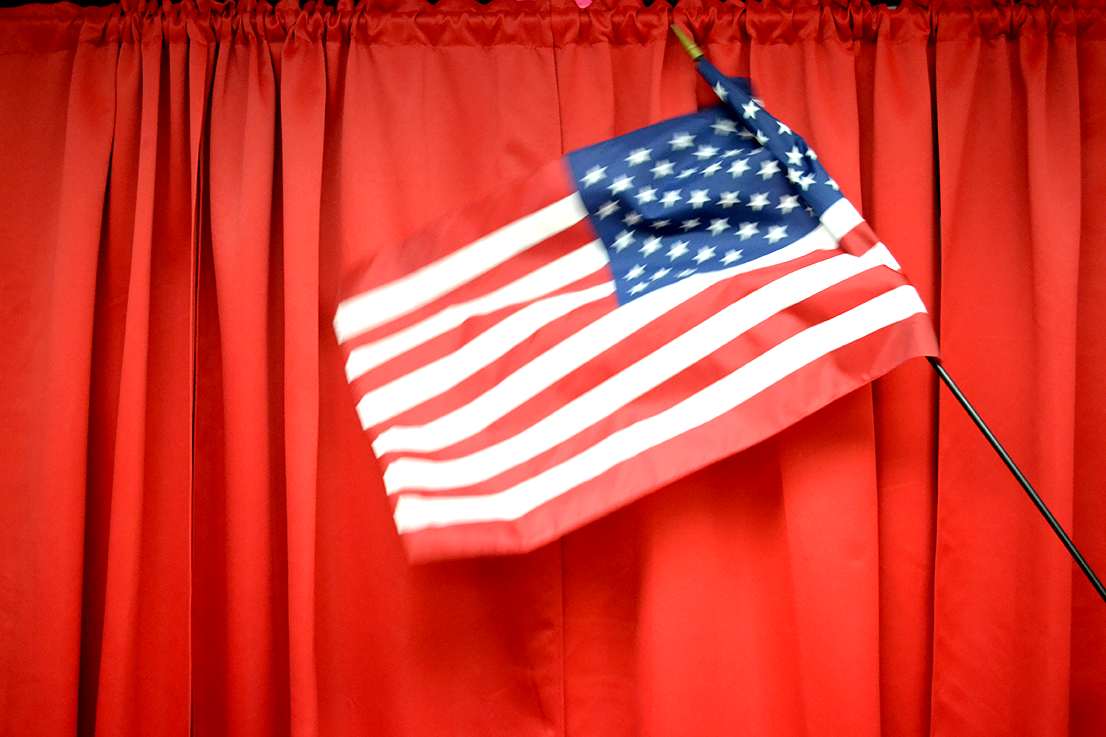
HEAD TO HEAD: Real or fake Christmas trees?

Thanksgiving is in the past, fall decorations are officially stowed away and your parents finally give you the OK to decorate for Christmas. You run down to the basement, venture into the closet abound with festive accessories and pull out the long green bag that has awaited you since last season. Dressed in cozy Christmas attire with holiday tunes playing in the background, your family unveils the key decoration. Just within minutes, the artificial Christmas tree is assembled and looking good as new! Once again performing as the perfect centerpiece to your living room with flawless branches and vibrant white lights, no one could have guessed that this was the same tree you have been using for the past five years.
Despite the unwanted stress and hassle that using a fake tree omits, there seems to be a tenacious stigma around them. Many argue that real trees are superior because they provide a more authentic and traditional holiday experience. However, just because you are not going to the Christmas tree farm and physically chopping down an evergreen, does not mean you are getting a diminished version of this staple holiday custom. After all, coming together and decorating with nostalgic ornaments and a shining star alongside your family, which can be accomplished equivalently with both real and fake trees, is what’s ultimately important!
In regard to convenience and maintenance, artificial trees undoubtedly take the cake. Unlike real trees, they do not require daily watering, which saves time and effort and leaves you with one less thing to worry about during the chaotic holiday season. Yes, real trees radiate that fresh, woodsy scent, but is it really worth it when they are constantly shedding pine needles for you to clean up? Fake trees offer a hassle-free way to enjoy the festive spirit without the extra work.
Plus, fake trees can be reused year after year, making them a cost-effective choice in the long run. Rather than putting $100 towards a real tree every Christmas season when you’re already spending a great deal of money on presents for friends and family, investing in an artificial one will surely give you a better bang for your buck. Real trees last six weeks before dying out, if you’re lucky, while fake trees allow you to enjoy a pristine, lush-looking decoration that stays perfect from the moment you set it up until the moment you take it down.
On top of that, fake trees offer an incredible variety to choose from. They come in all shapes, sizes, and colors, from a traditional green to vibrant, festive hues. You can find pre-lit trees, flocked ones that look like they’re covered in snow, and even those with built-in decorations. This wide range of options allows you to perfectly match your tree to your personal style and home decor, making it easy to create a unique and beautiful holiday display.
Real trees may offer some tradition and charm, but they lack the consistency and convenience that artificial trees provide. A fake tree brings undeniable ease and beauty to the table while still embodying the spirit of the Christmas season, making them a superior alternative to real trees.

Every year as soon as the first of December arrives, many families embark on a cherished tradition: making a trip to the Christmas tree farm. The smell of pine and sounds of laughter fill the cold crisp air and create the perfect atmosphere for this bonding activity. We traverse the rows of evergreens in search of the perfect tree to bring home and fill our house with holiday cheer. While buying a fake tree might seem less messy or annoying to deal with, it just doesn’t compare to the real kind.
Real trees hold a special place in the heart of Christmas traditions that simply cannot be replaced by fake trees. The authenticity of a real tree with its unique imperfections and natural fragrances adds a layer of warmth and happiness to your home. Fake trees do not look nearly as aesthetically pleasing or give off the holiday smell of a real tree. With the metal stand and artificial branches, fake trees feel more like any other decoration around the house, rather than the family room focal point. It’s not uncommon to even see the metal spine in the middle of the trees through all the branches.
Continually, decorating and taking care of your authentic tree fosters family memories and adds to the joy of the holiday season. Frequent watering of the tree might seem to be nothing but another chore, but it can be fun, especially for children who can learn the value of caring for a living thing and feel as though they are contributing to the holiday season’s festivities.
While many decide to stick with an artificial Christmas tree in hopes of omitting some of the inconvenience, they are also omitting a staple nostalgic holiday experience. Selecting a tree is a fun-filled undertaking; choosing from a wide variety of trees, as opposed to selecting a manufactured one identical to thousands of others on the market. While some feel it’s nothing but a laborious nuisance to drive home with a giant spruce tied to the roof of your car, taking your tree out from the attic lacks any and all Christmas spirit. Watching parents cut down the tree and center it in living rooms creates joyful childhood memories for families to reminisce on. Purchasing a fake tree with the click of a button is unmemorable with an absence of Christmas magic. Yes, an artificial tree might be the easier way out, but using the same one every year loses its novelty, no longer acting as a key symbol of the holiday season.
Not to mention, the plentiful environmental impacts of having a real tree. For example, after the season, they can be easily recycled to help ecosystems, unlike plastic, non-biodegradable trees which eventually end up in landfills. They also sustain Christmas tree farms, and the planting of trees helps to absorb carbon dioxide from the air and release oxygen.
In addition to this, purchasing a real tree benefits the small businesses and farmers who grow them, a token of giving during the holidays.
Artificial trees might offer some uniformity and satisfaction, but they lack the character and tradition a real tree has. Undeniably, real trees embody the festivities and spirit of the Christmas season and are a superior alternative to fake trees.









